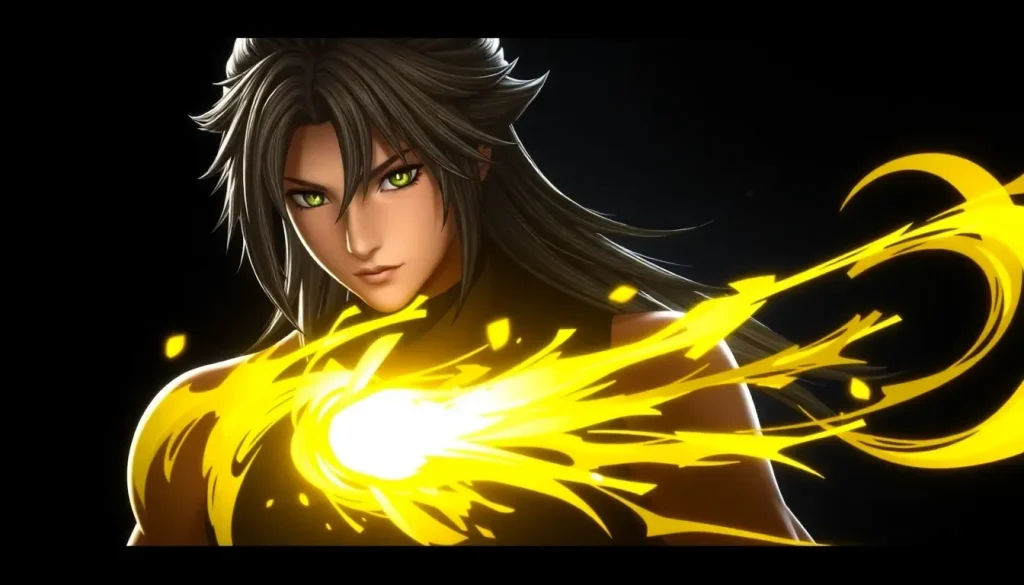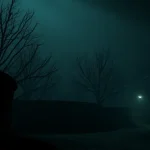Final Fantasy VII Rebirth Director Discusses Need for Yellow Paint

In the ever-evolving landscape of video games, the debate over visual cues like yellow paint has sparked considerable conversation among players and developers alike. While some view it as an unnecessary crutch, others, like Naoki Hamaguchi, director of the highly anticipated Final Fantasy VII Rebirth, see it as an essential tool for enhancing player experience. Understanding the implications of such design choices is crucial for both gamers and developers.
As we delve into this topic, it's essential to explore the balance between guidance and player freedom, especially in complex game worlds. The implementation of visual cues can significantly impact gameplay, making it more accessible for a broader audience.
The Role of Visual Cues in Gaming
Visual cues serve as navigational aids in video games, guiding players through intricate environments. Yellow paint, in particular, has become a standard for indicating pathways or objectives. While this design choice is often met with mixed reactions, its effectiveness cannot be dismissed.
Hamaguchi-san stated that, from a gameplay perspective, guiding players is sometimes necessary. He emphasized that the key lies in the *implementation* of these cues, as players have varying opinions on their appropriateness. Some might find them helpful, while others may argue that they detract from the immersive experience. This duality raises an important question: how can developers strike the right balance?
Why the Debate Around Yellow Paint?
The discussion surrounding yellow paint in games highlights broader themes in game design, including:
- Player Accessibility: Complex game mechanics can alienate some players. Visual cues can bridge this gap.
- Immersion vs. Guidance: Some players prefer to explore without overt direction, while others appreciate a guiding hand.
- Game Genre Influence: Different genres may require varying levels of guidance, making one-size-fits-all solutions ineffective.
Hamaguchi acknowledges that while there are valid viewpoints on both sides, the need for guidance in gameplay is undeniable. His approach is not to dismiss player preferences but to consider how to best implement these features to enhance the overall gaming experience.
Implementing Visual Cues Effectively
The successful integration of visual cues requires a nuanced approach. Here are some strategies developers might employ:
- Contextual Indicators: Instead of blanket yellow paint, use cues that are contextually relevant to the environment.
- Player Customization: Allow players to toggle visual cues on or off, catering to varied preferences.
- Gradual Introduction: Introduce cues gradually, allowing players to adapt to the guidance rather than overwhelming them at the outset.
- Feedback Mechanisms: Incorporate feedback from players to continually improve how guidance is presented.
These strategies can help tailor the gaming experience to individual players, ensuring that those who thrive on exploration aren’t hindered while still providing assistance to those who need it.
Community Reactions and Modding Solutions
The gaming community’s response to visual cues, particularly yellow paint, has been a mix of enthusiasm and criticism. Some players appreciate the accessibility that these cues provide, while others feel they detract from the challenge and immersion that games like Final Fantasy VII are known for.
To address concerns, some PC gamers resort to mods, allowing them to customize their experience. For instance, mods can alter how visual cues are presented or even remove them altogether. This level of customization could be a valuable approach for console players as well. Offering similar options could alleviate tensions within the community and cater to diverse play styles.
The Future of Guidance in Gaming
As the gaming industry continues to evolve, the conversation around guidance and visual cues will likely persist. With the upcoming release of Final Fantasy VII Rebirth, which is expected to be even larger and more complex than its predecessors, observing how Hamaguchi and his team navigate these design challenges will be intriguing.
Developers must consider how to enhance player experience without compromising the essence of exploration and discovery that many players value. As Hamaguchi noted, the debate will continue, but the necessity for effective guidance remains a critical component of game design.
Conclusion: Finding the Balance
In summary, the discussion surrounding yellow paint and other visual cues in gaming is a reflection of the diverse needs and preferences of players today. Developers like Naoki Hamaguchi are tasked with the challenge of creating games that are both engaging and accessible, ensuring that players of all skill levels can enjoy their experiences. The future of gaming design will undoubtedly rely on striking the right balance between guidance and exploration, and the ongoing conversation around visual cues will play a significant role in shaping that future.
For those interested in more on this topic, here is a brief video that dives into the discussion surrounding yellow paint in video games:




Leave a Reply